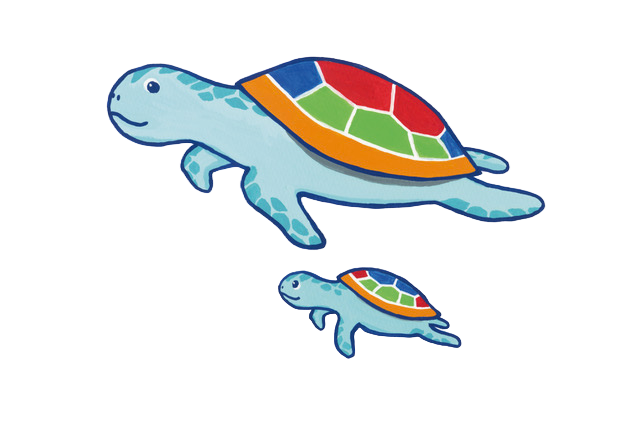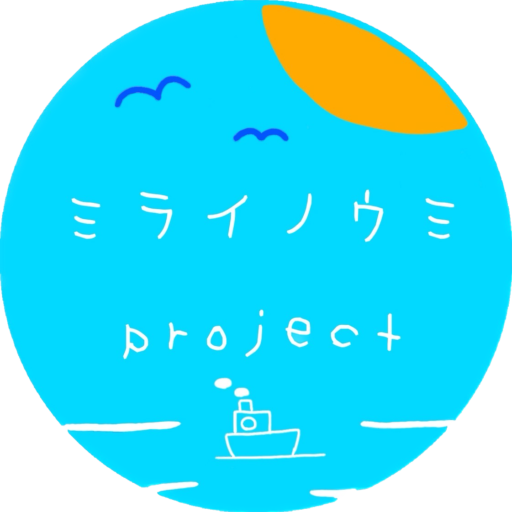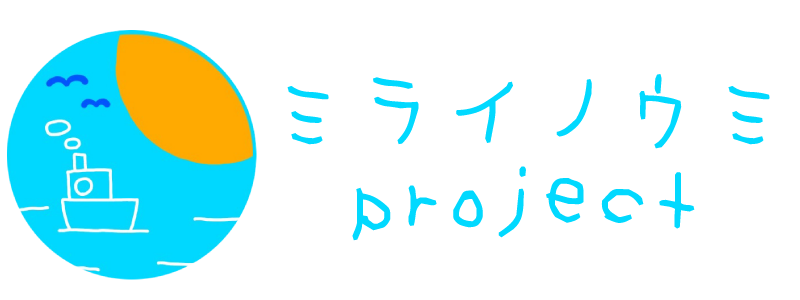
Current Situation
- It has been 12 years since the Great East Japan Earthquake and the Fukushima Daiichi Nuclear Power Plant accident. With more than 27,000 residents still forced to live as evacuees, the Japanese government once again turned to a policy promoting nuclear power.
- In Fukushima, the government and Tokyo Electric Power Company (TEPCO) are about to forcibly release contaminated water into the ocean, which they call “ALPS-treated water.” The government and TEPCO are unilaterally appealing that “ALPS-treated water” is safe and that there will be no problem even if it is discharged into the ocean.
- Violating the promise that they would not carry out any disposal without the understanding of the parties concerned, and despite the local opposition, including the Fukushima Prefectural Fisheries Federation, the government and TEPCO are about to impose an additional burden on the people of Fukushima, saying, “It can’t be helped for decommissioning.”
- The government and TEPCO say that the decommissioning work will be hindered if the contaminated water is not released into the sea, but in reality, this is only an effort to secure land for the time being. Because they have not been able to draw up a concrete path to decommissioning as of now, this reason is nothing but deception.
- There are voices from South Korea, China, and other Pacific countries against the release of contaminated water into the ocean.
Our Assertion
- We oppose the release of contaminated water into the ocean.
- We disprove the safety claim by the government and TEPCO.
- Know and accept the fact that there are local people who are opposed to this policy, including the Fukushima Prefectural Fisheries Federation.
- Installation of additional tanks and so forth must be considered, instead of releasing contaminated water into the sea without careful consideration.
- Radioactive materials derived from the nuclear power plant accident must be contained, and never be released into the natural environment.
- Compensation must be provided for health damage caused by radioactivity.
- We must leave “Kirei na Umi (clean ocean)” for the future generations.
The future we envision
- Safe living without fear of radioactive materials released by the nuclear accident
- Sustainable living where people and nature coexist without further damage to the natural environment
- Life without worry about eating seafood or enjoying leisure activities at sea
- Living environment where people can raise their children with smile and peace of mind
- Life without nuclear power plants
We
We aim to realize a sustainable society where people live on renewable energy instead of reliance on nuclear energy.
We are looking for groups to support this campaign, alongside with ・Citizens’ Nuclear Information Center (CNIC) ・Japan Congress against Atomic and Hydrogen Bombs(GENSUIKIN)and ・Fukushima Peace Forum
We are looking for supporting groups with focus on just this issue: “opposing the release of radioactively contaminated water into the ocean”.
→Please send an e-mail via “Contact Us” regarding supporting groups.
→If you agree with us, please send your contact information via “Google Forms”.
→We will contact you regarding the procedure.Please consider supporting us through “crowdfunding” as well.
Logo


Character

Producer: Mr. Kunihiro Suzuki
Profile of the producer: Illustrator, picture book author. Graduated from Nagaoka University of Art and Design
Selected for the 4th and 6th MOE Illustration Book Awards.
Since 2015, he has been producing illustrations and picture books based on his research in Futaba-gun, Fukushima Prefecture.
His picture book “Inu to Furusato (A dog and hometown)” (Junposha), which depicts Futaba County through the eyes of a dog left behind by the nuclear accident, was selected by the National School Library Association. It conveys the scars of the nuclear power plant to children.
- If contaminated water is released into the ocean, the impact will not be limited to only Fukushima, but will spread to the rest of the world. I drew sea turtles as an animal that evokes the image of the entire Pacific Ocean, not a limited image of “Fukushima”.
- Turtles also have an image of longevity. I would like people to think about the impact on long-lived turtles being exposed to (ingesting) radioactive substances for a long period of time.
- By drawing a parent and a child, I want people to think about future generations .
- I expressed diversity by making the shell colorful. The turtles, wearing these shells as a symbol of diversity, express generosity.
